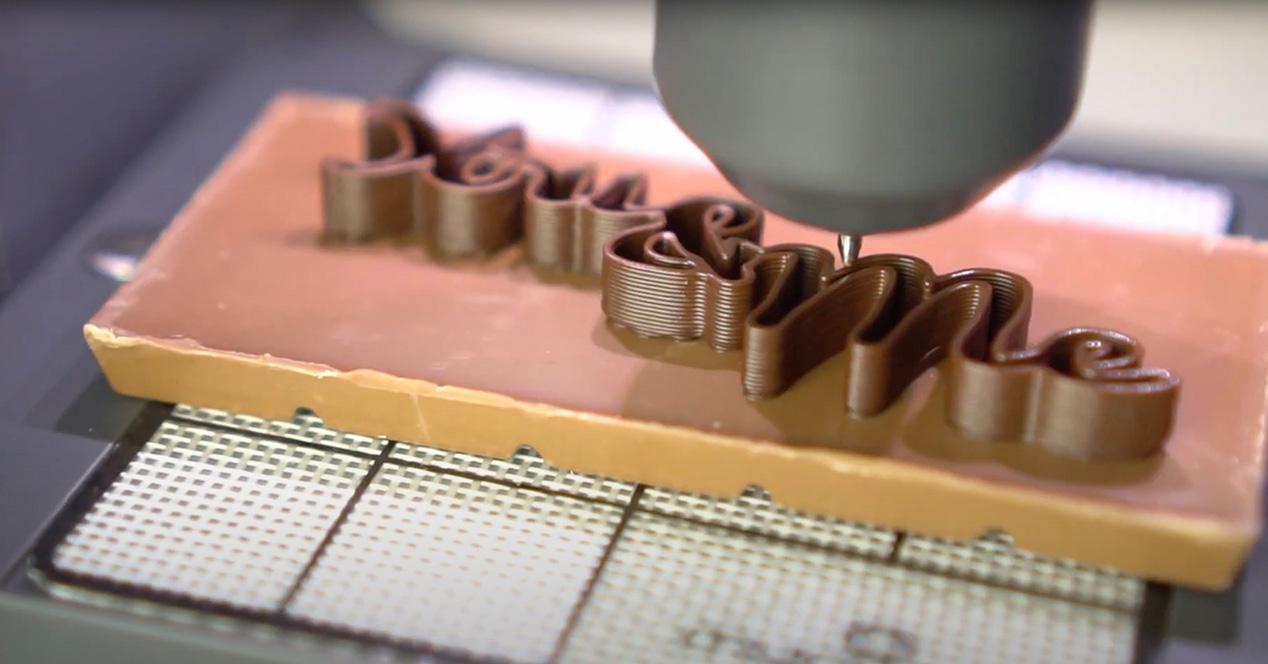
The product sheet of a television is full of sometimes complex characteristics, related to the technique … or to the marketing of the manufacturers. This guide will help you understand everything so as not to make mistakes.
A television is not a product you buy often. It is a thoughtful acquisition to last over time. And, when you change, there have sometimes been several long years during which innovations have multiplied … shoulder to shoulder with unnecessary marketing concepts (you have to justify a new range each year). So your last investment in the matter may have been around when HD was just starting to hit the shelves. Today, we hear about 4K or even 8K. It is therefore quite easy to get lost.
To make matters worse, the description sheets for televisions contain a lot of more or less relevant information. Still, certain characteristics are essential to make the right choice according to your needs, knowing that the image you will see in stores will be, at best, flattering, at worst, ill-suited (there is usually only one). shared source for several products, hence the quality below what one would expect).
How to navigate through all these keywords? What are the points to remember when taking the plunge? We help you see more clearly with the help of an ultra-comprehensive lexicon.
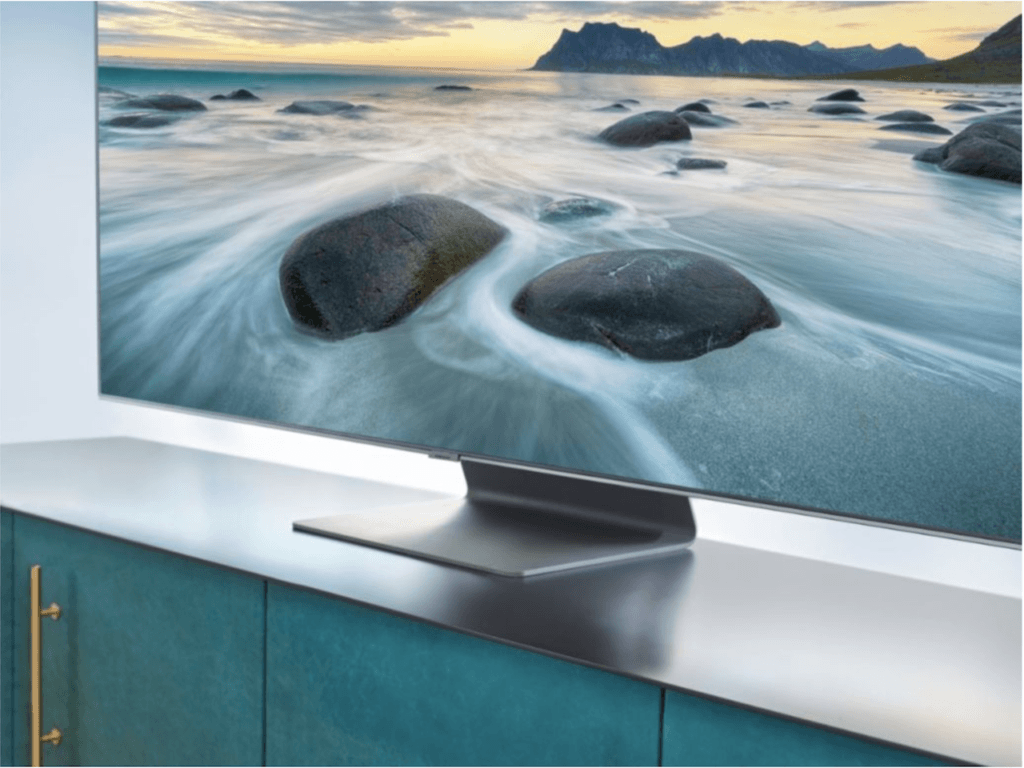
FHD, 4K, UHD, …
HD Ready (720p), Full HD (1080p), UHD, UHD 8K… These acronyms refer to the definition of the television you are buying, ie the number of pixels displayed by the panel. Tip: the more pixels the better (if the source follows). In 2021, the market is clearly focused on the UHD standard, popularly called 4K.
It is based on a panel of 3,840 x 2,160 pixels, or more than 8 million pixels (television processors are responsible for scaling the source with varying degrees of success). Some players have taken the lead and are already offering 8K, ie 7,680 x 4,320 pixels (over 33 million pixels). At the time of writing, the interest is still questionable since little content is 8K.
In addition to the gain in image quality (if the source follows, we insist), the definition makes it possible to increase the size of the diagonal without having to move back your sofa (we do not see the pixels as there are many). It is for this reason that we see more and more large TVs in stores: UHD has mechanically popularized large images, guaranteeing a significant plus in terms of immersion. What to remember: do not hesitate to take larger if you have the space and the budget, you will not damage your eyes more.
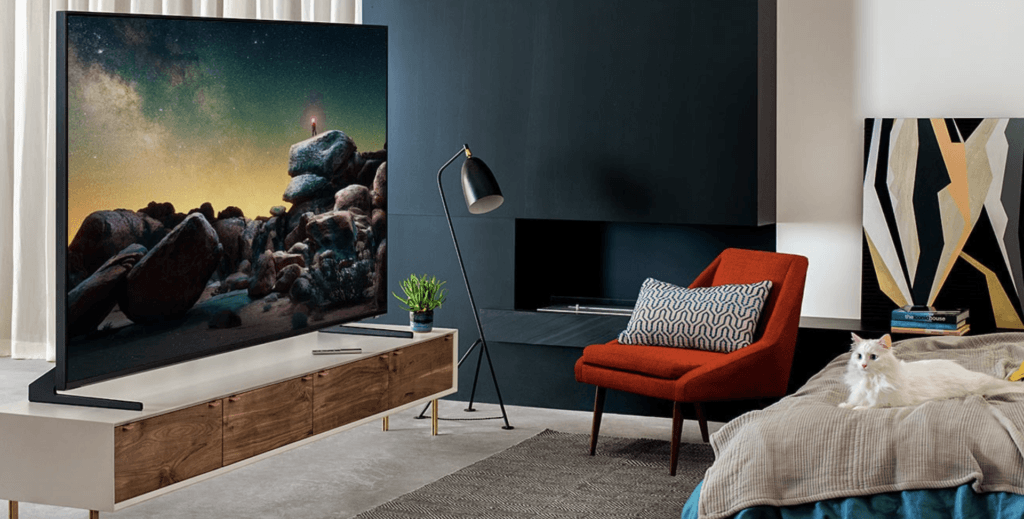
LCD, OLED, QLED, ULED …
Today, the TV market is divided into two categories: LCD panels and OLED panels. All the other technologies – like Samsung’s QLED for example or, more recently, the mini LED – are derivatives. The difference between LCD and OLED? The LCD needs backlighting for pixels to express themselves, whereas OLED panels are self-emissive (pixels, organic, emit their own light and can turn off completely). This is what allows OLED TVs to display truly black blacks – and LCDs to be brighter (depending on the type of backlight used).
Important point: an LED television is indeed an advanced LCD television – which uses LEDs more or less well placed for the backlighting (conventional LCDs use less efficient neon tubes). In the LED screens, we find the Edge LED versions (the LEDs are arranged on the edges), Full LED (the LEDs are arranged everywhere) and mini LED (the LEDs are more numerous because they are smaller). The more LEDs there are, the better the quality of the backlight. Ideally, you would need one LED per pixel. To guarantee deeper blacks and improve contrasts, builders can optionally use Local Dimming, which is intelligent lighting, because it is used in zones. Normally, the more money you put on the table, the better your LCD TV will perform. Otherwise, you can always fall for an OLED.
If you hang around the Samsung aisle, you might come face to face with QLED TVs. Again, this is an evolution of LCD panels, the Korean manufacturer refusing to support the OLED (whose panels are provided by the enemy LG). Here, “quantum dot” screens are based on the insertion of a layer of liquid nanocrystals between the LCD panel and the LED backlighting system, the aim being to improve the performance of the television set (colors, contrasts, etc.).
Samsung is selling it as a serious alternative to OLED and it is true that the last model we tested – top of the line 2019 – proved to be very convincing. It should be noted that Samsung is not the only one to want to give a name to its technology: Hisense gladly uses ULED for its high-end LCDs while LG opts for the NanoCell.
The technology of tomorrow is called MicroLED, which Samsung has been working on for years. It would eliminate the defects of OLED (lower brightness, duration of use) and those of LCD panels (less faithful colors, light leakage, deep blacks) with inorganic pixels capable of emitting their own light. Note that you can already acquire a MicroLED television, but it takes more than 100,000 €.
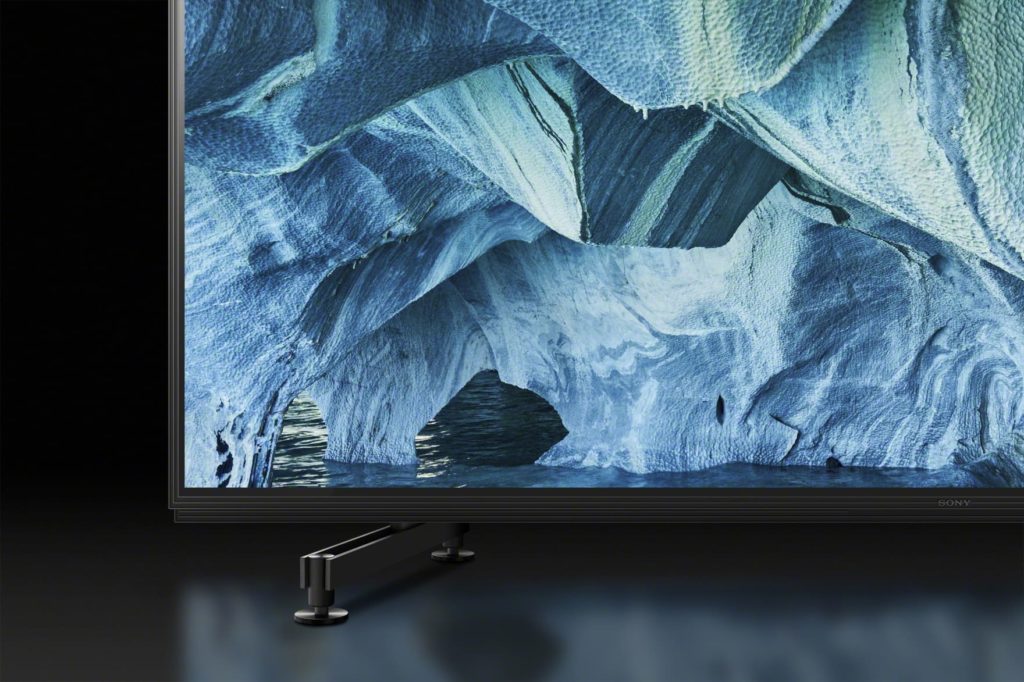
Hz, input lag …
The refresh rate of a television is the number of images it is capable of displaying per second. It is expressed in Hz. The higher it is, the more fluidity will be there – sometimes to excess, because the sources vary (example: a film is a little less than 24 images per second). There are also movement compensation methods, the activation of which is not always recommended. They are named owl thing motion and we tell you everything here.
Input lag, on the other hand, refers to the time it takes for a signal from a remote control or a controller to appear on the screen. This is essential for players, who want an imperceptible delay between the moment they press a button on their controller and the action reflected in the game. Unlike the refresh rate, it must be as low as possible. – knowing that some televisions have a suitable mode to bring it down.
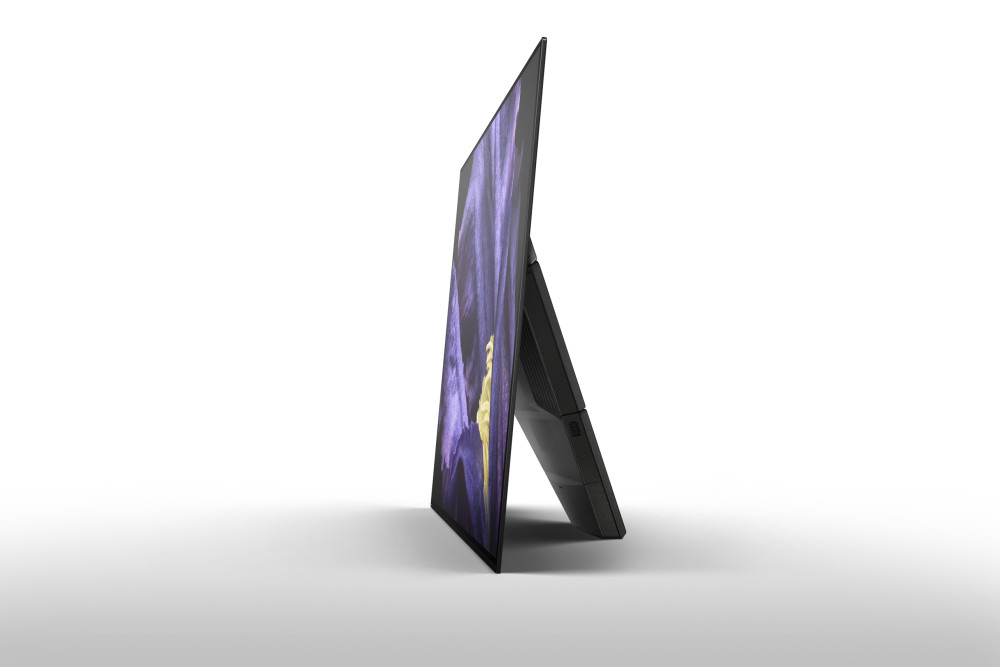
HDR, Dolby Vision, nits …
In addition to the increase in definition (not yet quite appreciable due to the glaring lack of sources, apart from streaming platforms and video game consoles), UHD has made it possible to introduce a technology that is very beneficial for our eyes: HDR, for High Dynamic Range. By simplifying as much as possible, HDR makes it possible to extend the differences in brightness between the darkest and lightest points of an image (hence the word dynamic). This greatly improves contrast, resulting in more beautiful colors, a richer and more nuanced color palette and increased readability.
HDR allows the image to work in a larger color space, which provides a more realistic rendering. Its contribution is quite difficult to explain, but we can give some telling examples on the fly: more detailed flames, more intense reflections, more blinding suns, better cut shadows …
The more the television is able to be very bright and to reproduce deep blacks, the more the HDR will produce its effect. This is where the nits data comes in: the number of nits represents the power – or intensity – of the television set. The higher it is, the more the image will be able to dazzle. On this point, high-end LCD specimens are the champions in the field and can titillate 1,500/2,000 nits, where OLED equivalents struggle to reach 1,000 (they make up for it by the depth of blacks). Note that the light output is very useful when used in a brightly lit room. Be careful with marketing language: too much is sometimes the enemy of good.
On HDR, market players – once again – disagree. While there is a common base (HDR10), the developments are not adopted by all. On the one hand, we find the defenders of Dolby Vision, developed by Dolby. On the other, we find the HDR10 +, supported by Samsung. In 2019, some manufacturers – like Panasonic – have decided not to restrict their users. Excellent news in this umpteenth video format war.
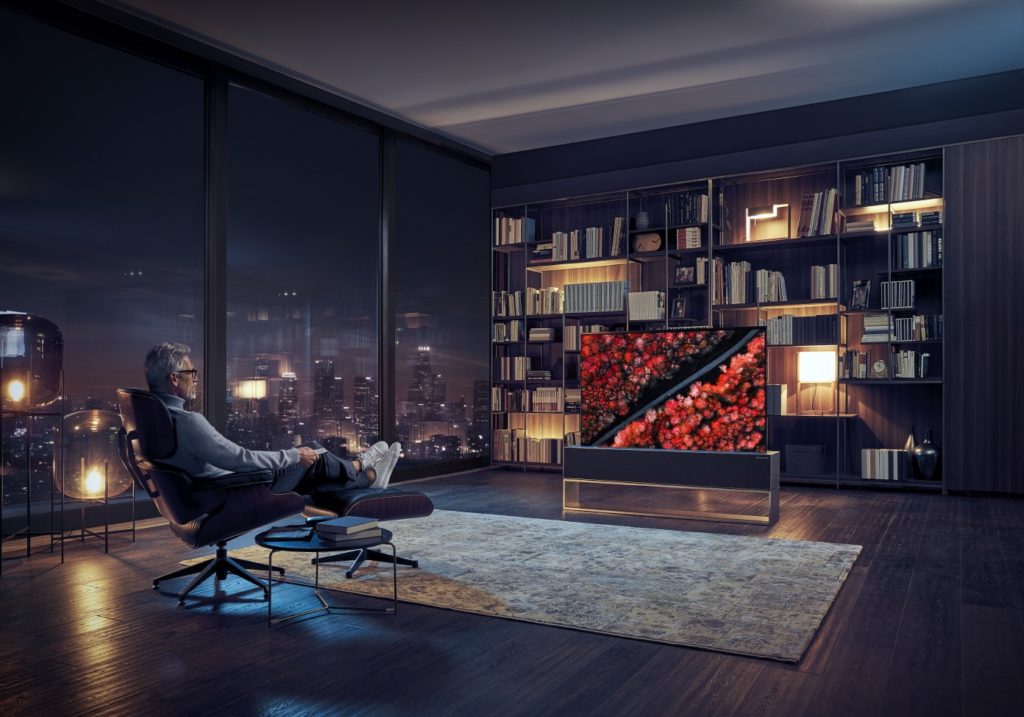
Smart TV, Ambilight, Acoustic Surface …
If you don’t want a bad surprise, make sure your future acquisition is smart, or connected, or smart. That is to say, it is part of an ecosystem allowing access to applications. While some brands (like LG or Samsung) have their own platform, others don’t hesitate to trust Android TV (Philips, Sony). It is the assurance of having access to a store full of applications (MyCanal, RMC Sport, Netflix, etc.) and not having to go through an external solution (box, video game console, etc.).
Also check that the television you want has enough connections. It would be a shame to buy a product limited to three HDMI ports – the current interface – when you have four devices to plug in. Are you a gamer? Choose the 2.1 standard which, thanks to a higher bandwidth, is compatible with all display technologies related to gaming (and guarantees a 4K image at 120 fps). Otherwise, in theory, today’s TVs are equipped with USB, Wi-Fi, Ethernet …
Other important marketing words to mention include proprietary technologies like Ambilight or Acoustic Surface. The first, prerogative of Philips, installs colored light strips on the back of the television to to expand the image (the colors adapt to what is displayed on the screen, with different modes in the program). For its part, Acoustic Surface is exclusive to Sony OLED televisions: here, the speakers give way to a technology that makes the panel vibrate to produce sound (better rendering, ideal directivity since precise placement of objects).
Article originally published on July 03, 2019 and updated on September 10, 2021



